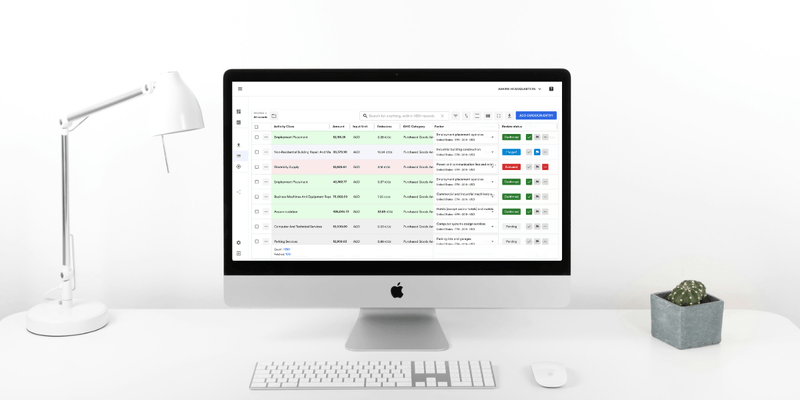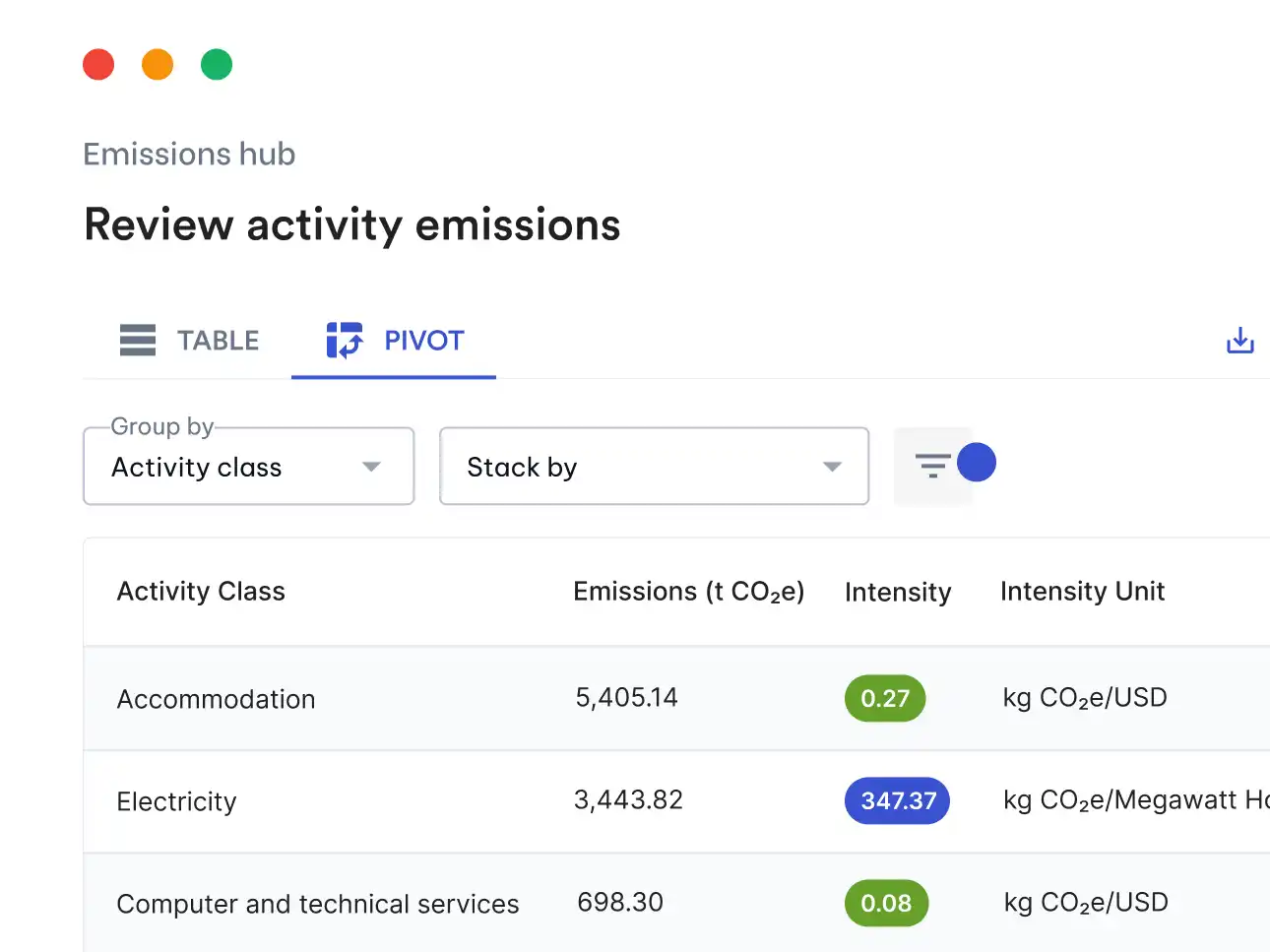With the introduction of the Australian Sustainability Reporting Standards (ASRS) and the rapid rollout of similar regulations around the world, carbon accounting is quickly becoming a core business function. For many organisations, this shift has highlighted a new level of complexity, not just in collecting emissions data, but in ensuring that data can meet evolving regulatory and stakeholder expectations.
Through hundreds of conversations we’ve had with companies across sectors, a consistent message has emerged: mistakes in carbon accounting can have broader consequences than many teams anticipate. These risks go beyond compliance to affect supplier relationships, business operations, and long-term sustainability outcomes. Understanding these risks is the first step toward building a more resilient and scalable carbon reporting process.
Carbon reporting requirements are becoming more demanding
Regulators across multiple jurisdictions are raising the bar on climate disclosure. Under frameworks like the ASRS in Australia, the SEC’s proposed climate rules in the US, and the EU’s CSRD, organisations are expected to report emissions in a way that is complete, accurate, and auditable.
This has created pressure for companies to move away from basic spreadsheet-based tracking and high-level estimates toward more structured and transparent systems. Increasingly, regulators are asking for defensible methodologies, audit trails, and evidence of how emissions are calculated — particularly when it comes to Scope 3.
For many, the first year of compliance is particularly challenging. Standards are still evolving, and internal teams are often learning as they go. In conversations with organisations preparing for ASRS compliance, we’ve seen concern around the resource burden required to manually collect and validate carbon data. In some cases, these efforts are pulling time and budget away from core sustainability initiatives, creating friction between reporting requirements and broader climate goals.
As reporting obligations increase, companies that invest in audit-ready systems and clear documentation processes are better positioned to meet expectations and reduce the risk of non-compliance.
Incomplete supplier data can affect reporting and commercial outcomes
A key challenge in Scope 3 reporting is the reliance on suppliers to provide accurate data. This is especially relevant for emissions from purchased goods and services, which can represent a large share of a company’s total footprint.
When suppliers aren’t engaged (or lack the tools or understanding to provide reliable data) it can compromise the quality of the entire emissions inventory. Several companies we’ve spoken with shared concerns about relying on default emissions factors or spend-based methods when supplier-specific data isn’t available. As regulatory standards shift toward more granular, activity-based methodologies, this approach is becoming less viable.
Beyond compliance, there’s also a business risk. In industries where emissions data is part of procurement criteria, suppliers that can’t provide accurate information may lose preferred status or miss out on new contracts. For buyers, a lack of reliable Scope 3 data can delay reporting and make it harder to demonstrate progress against climate targets.
To address this, many organisations are building supplier engagement strategies into their reporting process. Some are including emissions data requirements in supplier contracts, while others are implementing onboarding workflows and communication tools to guide suppliers through data submission. These efforts help improve data quality and foster stronger, more collaborative relationships across the supply chain.
Poor carbon data creates operational and strategic risks
Inaccurate or incomplete carbon accounting can create ripple effects across operations. Teams may find themselves repeating manual data collection, spending significant time chasing suppliers for updates, or struggling to reconcile inconsistent figures during assurance. This not only increases internal costs but also slows down decision-making.
There are also strategic implications. Companies that cannot demonstrate reliable emissions data may face challenges in winning tenders, renewing contracts, or securing sustainability-linked financing. Investors, customers, and regulators are all placing greater importance on climate transparency, and gaps in carbon data can raise questions about credibility and preparedness.
We’ve seen organisations run into issues when using carbon management tools that weren’t designed to scale with evolving regulatory requirements. In some cases, companies have had to replace systems after only a year or two because the original solution couldn’t support audit requirements or supplier engagement at scale. Choosing the right systems early on can help avoid these setbacks and future-proof compliance efforts.
Strengthening reporting through systems and supplier collaboration
Despite the challenges, many companies are making meaningful progress by investing in more structured, scalable carbon accounting practices. This includes automation to reduce manual work, centralised data platforms like Avarni that support auditability, and supplier engagement tools that make it easier to collect high-quality Scope 3 data.
Customisable surveys, landing pages, and onboarding materials are becoming standard tools for organisations looking to engage suppliers at scale. When paired with clear expectations and regular communication, these tools can help build trust and improve participation across the supply chain.
Crucially, successful companies are integrating carbon data into procurement and business planning, not treating it as a separate compliance activity. This approach not only supports reporting requirements but also provides better visibility for emissions reduction initiatives and strategic sourcing decisions.
Summary
- Regulatory requirements like ASRS, SEC, and CSRD are raising expectations for audit-ready carbon data, pushing companies to move beyond manual or estimate-based approaches.
- The resource burden of compliance is significant, and some companies are finding that time spent on reporting is taking away from sustainability implementation.
- Accurate supplier data is increasingly critical, especially for Scope 3 reporting. Weak engagement or reliance on estimates can lead to reporting gaps and commercial risks.
- Supplier engagement strategies are evolving, with more organisations using contracts, surveys, and onboarding tools to improve data quality and collaboration.
- Operational inefficiencies and outdated systems create added risk, especially when carbon management tools can't scale or support evolving compliance standards.
- Investing in scalable systems and supplier collaboration can strengthen both compliance and business outcomes, turning carbon accounting into a long-term asset rather than a short-term obligation.





